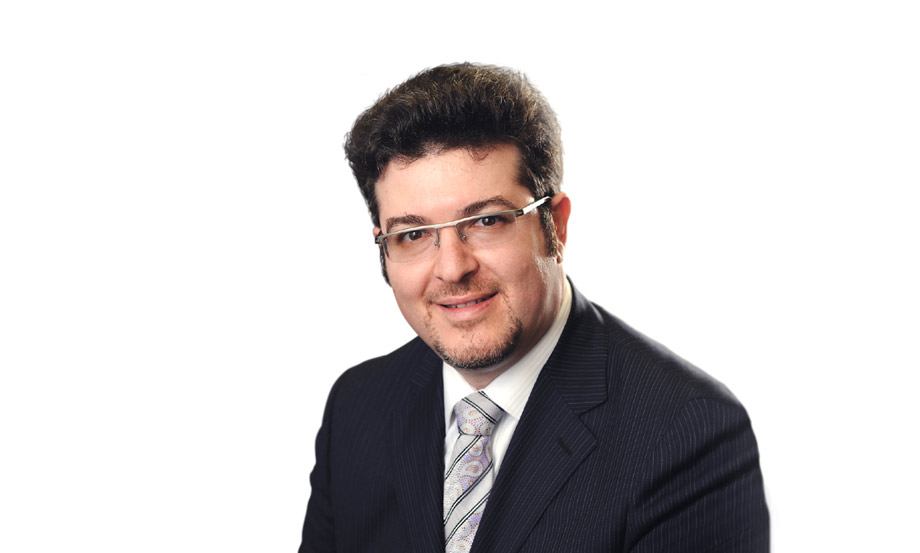- PATIENT FORMS | REQUEST A CONSULTATION | CONTACT US
- 1-844-NSPC-DOC
Cervical Disc Replacement Surgery Explained: NSPC’s Dr. Zachariah George

New Treatments for Degenerative Scoliosis with Lumbar Spinal Stenosis: Dr. Vaynman
April 7, 2015
Grand Rounds 4/24/2015
April 24, 2015Cervical Disc Replacement Surgery and Cervical Herniated Discs
As a board-certified neurosurgeon with additional orthopedic spinal surgical training, I offer my patients both minimally invasive, as well as complex, surgical solutions. One therapy I am especially happy to offer is cervical disc replacement surgery, which is an alternative to cervical spinal fusion for cervical herniated discs.
Who Received Cervical Disc Replacement Surgery?
Patients considered for cervical disc replacement surgery tend to have cervical radiculopathy, cervical myelopathy, or a combination. Patients must have a cervical spine MRI in order to diagnose these conditions, and the MRI will show a herniated disc. Cervical radiculopathy patients tend to report neck pain which radiates down the arm. They can also have numbness, tingling, or weakness. Patients with cervical myelopathy tend to have numbness and tingling in the hands, as well as loss of fine finger ability or dexterity in the hands. They may also have trouble with walking and balance, among other problems. Cervical myeloradiculopathy patients have combinations of these symptoms.
Treatment Options for Herniated Discs
As long as patients have no significant neurological deficits, they receive conservative treatment without surgery. Nonsurgical treatment options include physical therapy, injections, or both, usually done for at least six weeks. If patients do not respond well to these treatments, they are referred for surgery.
When surgery is warranted, we use strict criteria to decide between cervical spinal fusion and cervical disc replacement surgery. Almost any patient with a herniated disc can undergo cervical spinal fusion. However, for cervical disc replacement surgery, patients must have a soft disc herniation, as opposed to a bony herniation or a bony compression of the nerves. Candidates for cervical disc replacement surgery also tend to have little to no arthritis or degenerative changes in the spine. They also must have no instability or significant fractures, no significant deformities such as scoliosis, and no significant osteoporosis, osteopenia, or other bone metabolic diseases.
Cervical Spinal Fusion Or Cervical Disc Replacement Surgery?
The purpose of a cervical spinal fusion is to remove the offending disc or compressive pathology from the nerves or spinal cord. Then, we insert a small cage or spacer with screws, and sometimes a plate, to hold everything together, preventing any motion at the disc level.
On the other hand, in a cervical disc replacement, the new technology mimics normal spinal motion. The patient retains the ability to flex, extend, and rotate, whereas in a cervical spinal fusion, these abilities are lost. Unlike cervical spinal fusion patients, cervical disc replacement surgery patients do not need a cervical collar.
Patients undergoing either cervical disc replacement surgery or cervical spinal fusion both report reduced neck pain scores and significant functional improvement. Both therapies are quite successful, so the question is: which surgery is right for each patient? Please call our office, and we will help you make informed treatment decisions.

